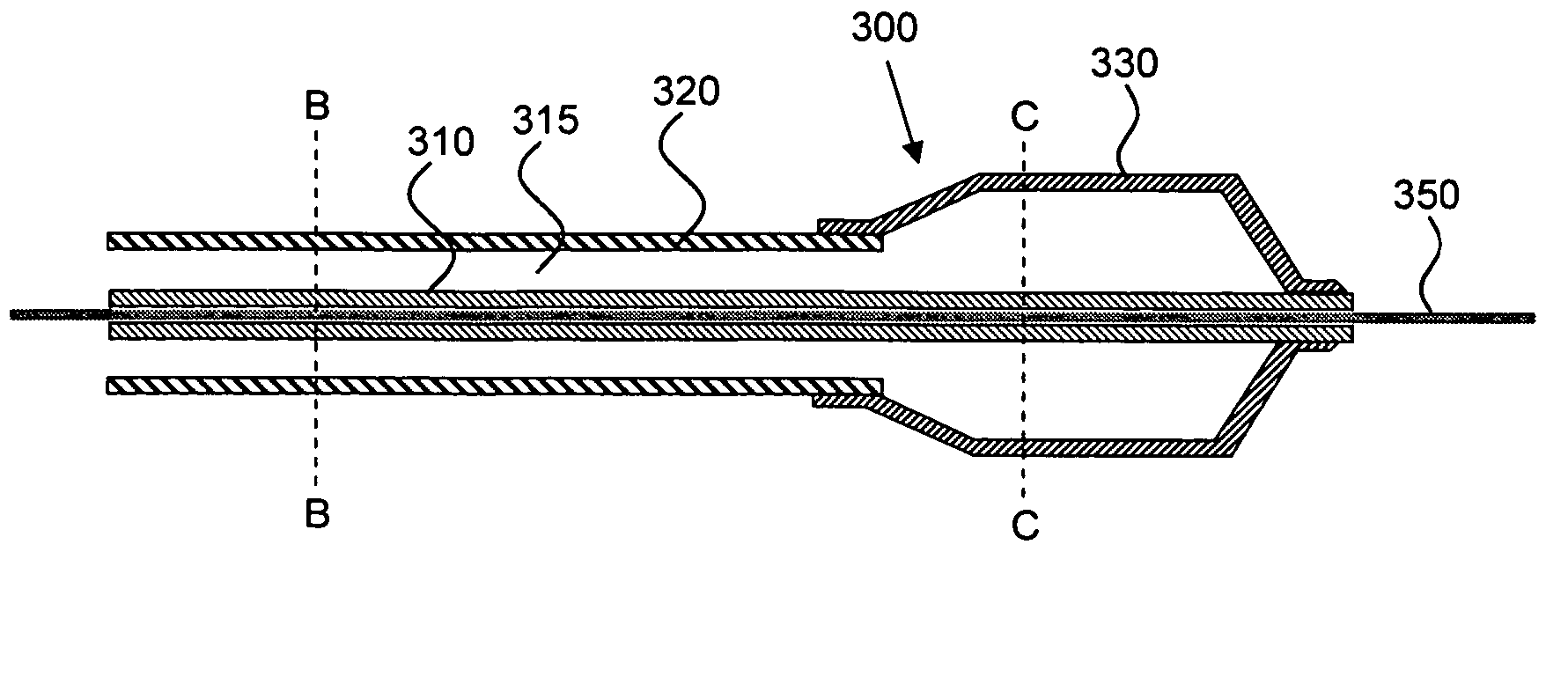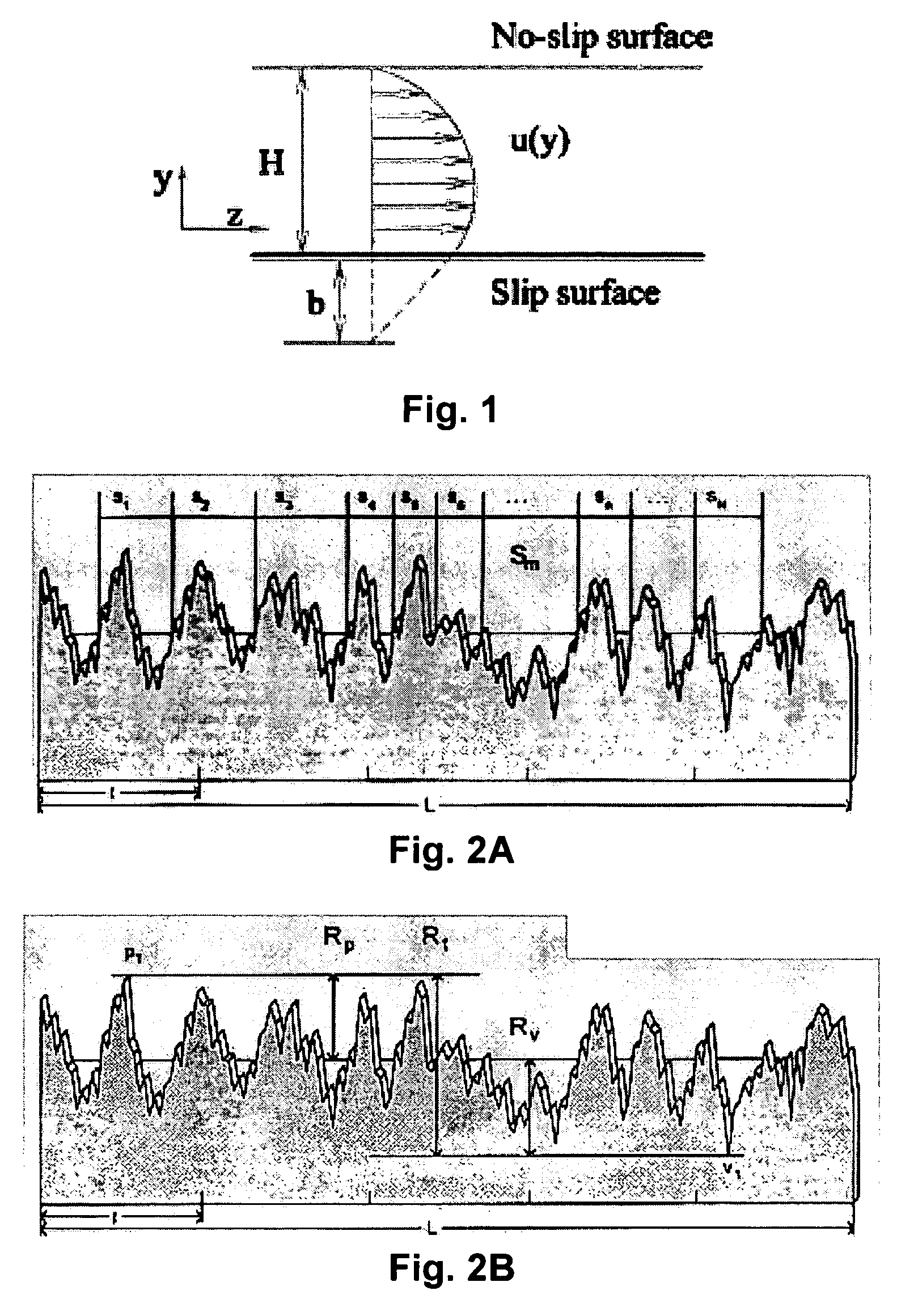Medical devices having superhydrophobic surfaces, superhydrophilic surfaces, or both
a technology of superhydrophobic surfaces and medical devices, applied in the field of medical devices, can solve the problems of increased flow resistance, increased friction, and increased injury or inflammation of bodily tissues, and achieve the effect of reducing friction and less resistance to fluid flow
- Summary
- Abstract
- Description
- Claims
- Application Information
AI Technical Summary
Benefits of technology
Problems solved by technology
Method used
Image
Examples
Embodiment Construction
[0014] The present invention provides medical devices which have reduced resistance to movement of adjacent materials, including both fluids and solids.
[0015] In this regard, resistance to movement between a medical device and an adjacent solid may be reduced in either wet or dry conditions by providing the medical device (as well as the adjacent solid, if feasible) with a low energy surface. Such surfaces are typically hydrophobic surfaces, which may be defined as a surface having a static water contact angle that is greater than 90°.
[0016] According to an aspect of the present invention, medical devices are provided which have one or more superhydrophobic surface regions (also sometimes referred to as superhydrophobic surfaces, ultrahydrophobic surface regions, or ultrahydrophobic surfaces). For purposes of the present invention, a superhydrophobic surface is one that displays dynamic (receding or advancing) water contact angles above 145° (e.g., ranging from 145° to 150° to 155...
PUM
 Login to View More
Login to View More Abstract
Description
Claims
Application Information
 Login to View More
Login to View More - R&D
- Intellectual Property
- Life Sciences
- Materials
- Tech Scout
- Unparalleled Data Quality
- Higher Quality Content
- 60% Fewer Hallucinations
Browse by: Latest US Patents, China's latest patents, Technical Efficacy Thesaurus, Application Domain, Technology Topic, Popular Technical Reports.
© 2025 PatSnap. All rights reserved.Legal|Privacy policy|Modern Slavery Act Transparency Statement|Sitemap|About US| Contact US: help@patsnap.com



